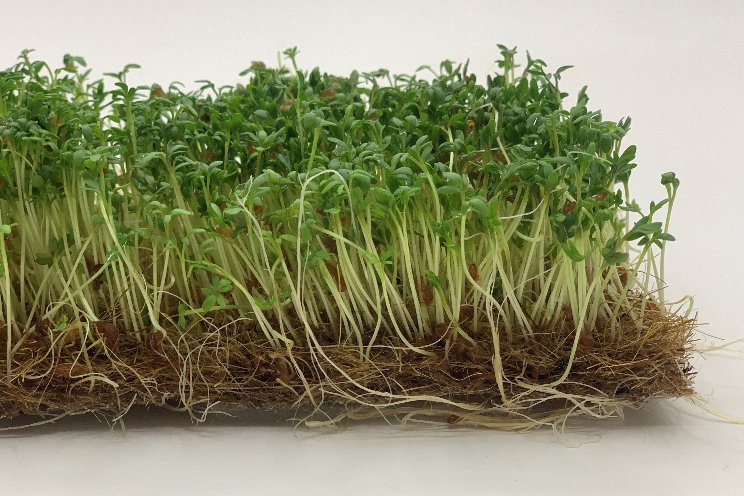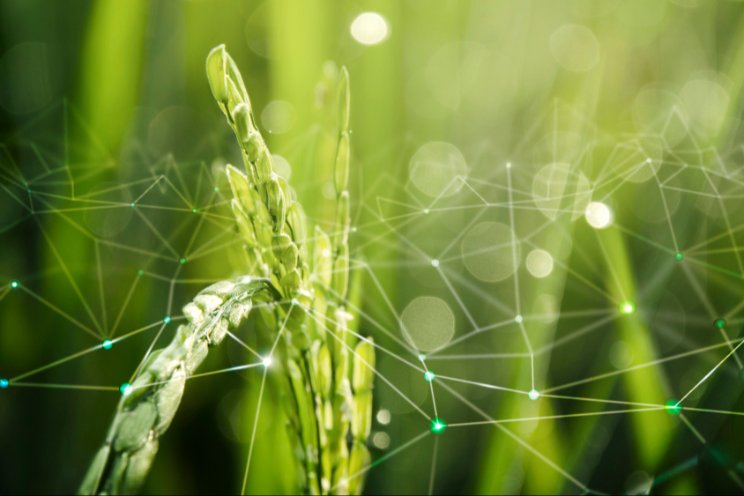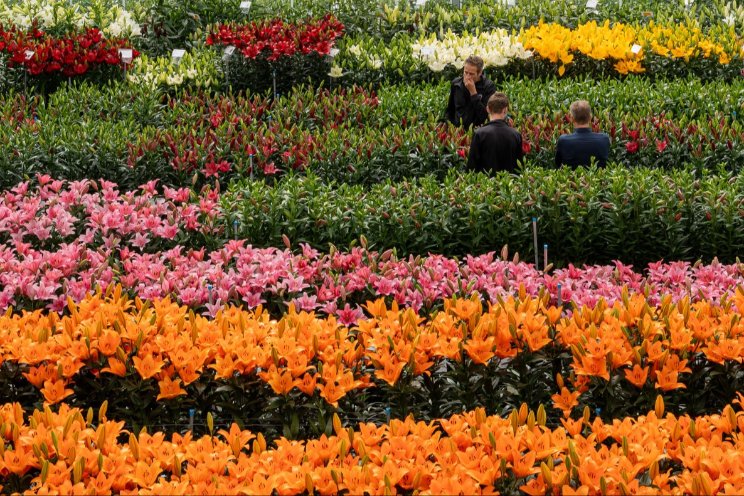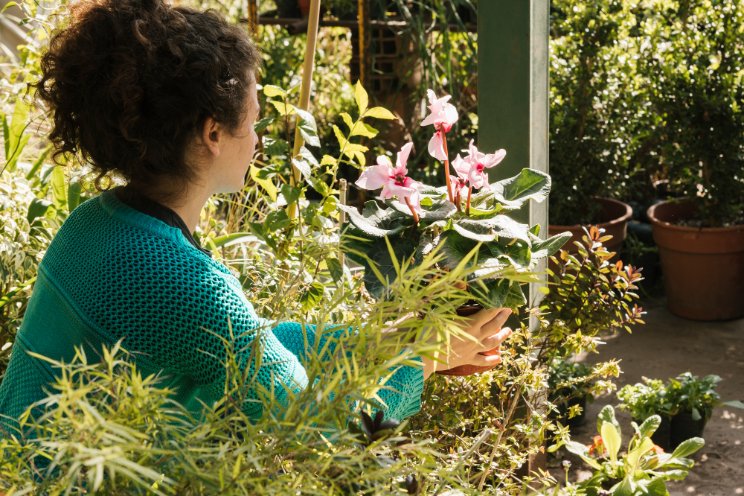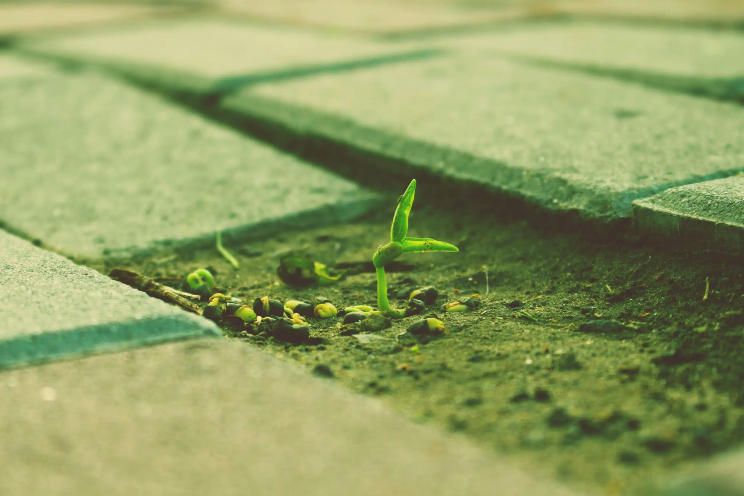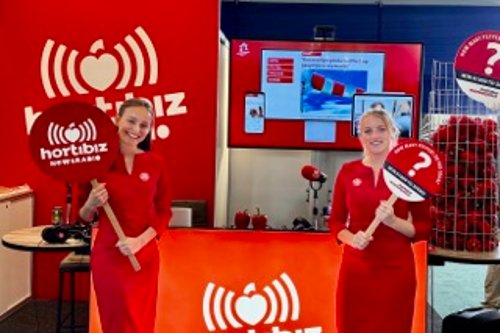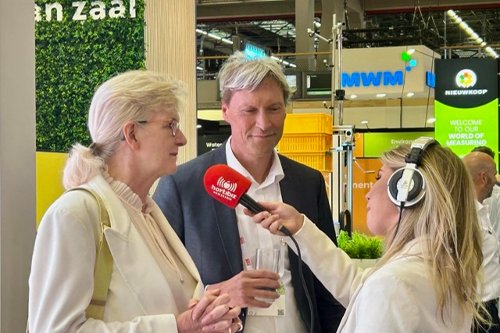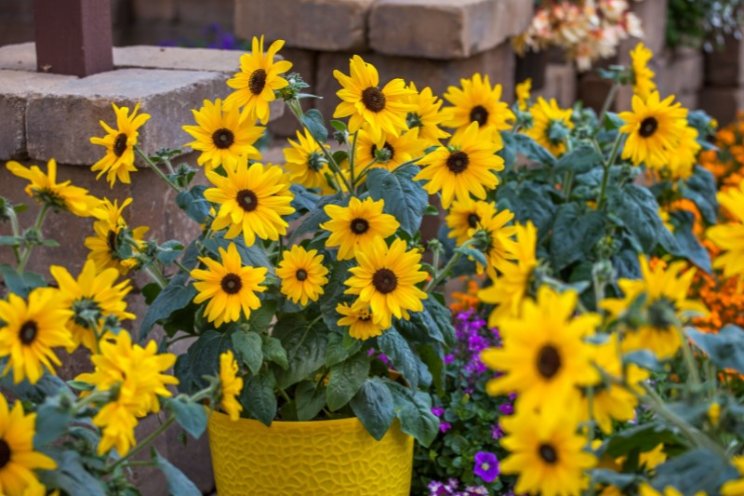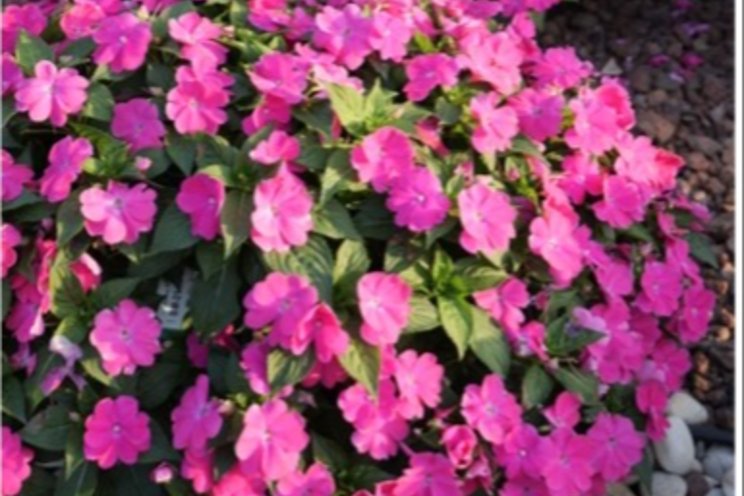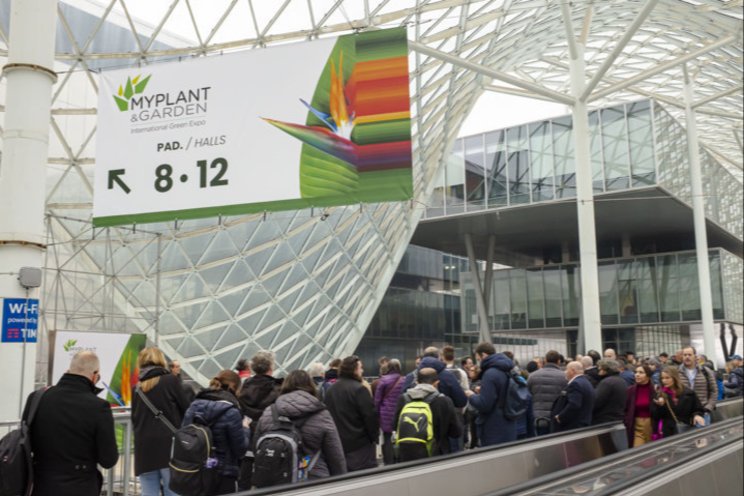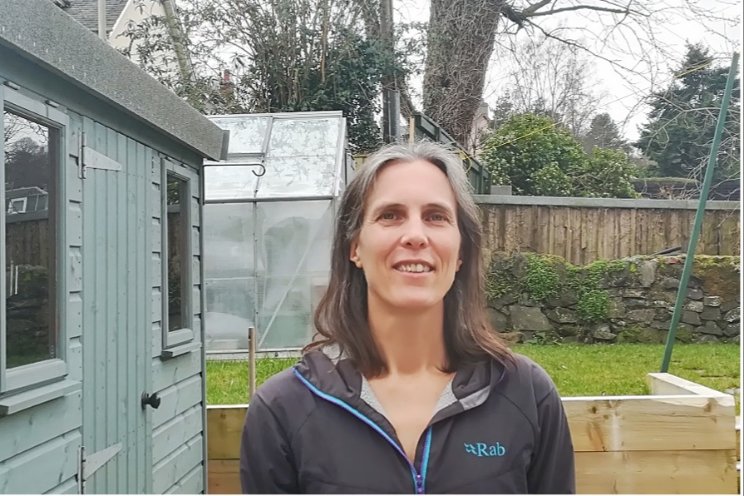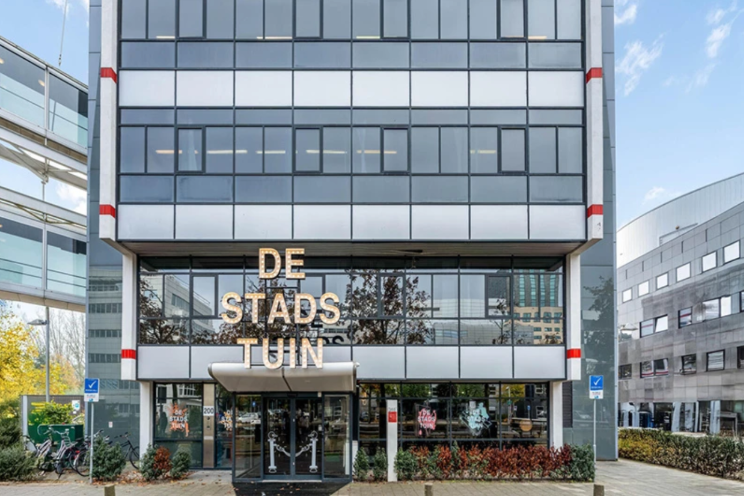Grodan and Philips demonstrate additional heat input reduction
Added on 02 April 2025
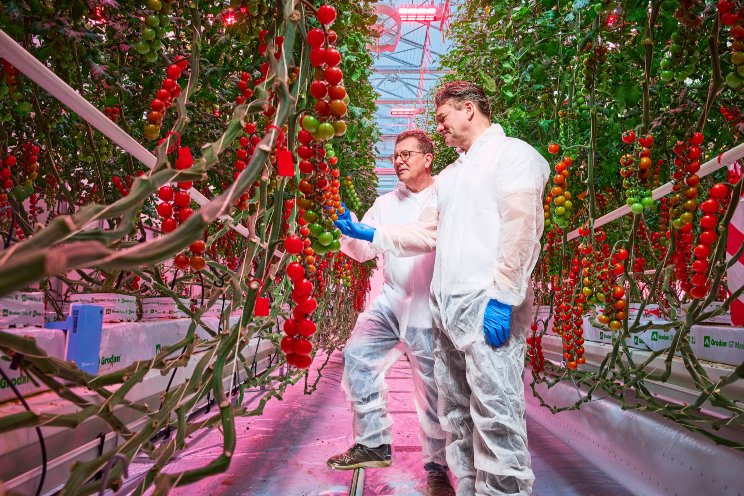
Research on low-energy growing for tomatoes under full-LED lighting began late 2023 and early 2024, in collaboration with Grodan’s and Philips Horticulture LED Solutions' partners (Ridder, BASF, Wireless Value, Normec Groen Agro Control, and Maurice Kassenbouw) at the Botany Research Centre. The first trial demonstrated the potential to achieve a 50% reduction in heat input.
This year’s trial aims to enhance electrical efficiency through spectral dimming by targeting specific Daily Light Integral (DLI) and deactivating the least efficient LED colours. The use of advanced climate screens for superior thermal insulation and improved heat recovery via the dehumidification system have shown promising initial results for energy savings. Additionally, monitoring vertical plant temperature and improving crop balance and development from top to bottom are contributing to enhanced energy efficiency. High yields and high-quality fruits are achieved by optimizing plants' water and nutrient uptake while maintaining the lowest possible electrical conductivity (EC).
Spectral dimming
One key factor being investigated in this trial is the use of dynamic light steering to save extra energy. Philips Horticulture LED Solutions new multi-channel, colour-controllable LED modules enable spectral dimming to enhance the Light Use Efficiency (LUE). “This is a measurement of how many grams of product you produce per mole of light. From the point of view of tomato production, the red channel is the most efficient type of light, but some blue light is also needed from the blue/green (i.e. white) channel to open the stomata,” explains Raats.
.jpg)
“When automated control of spectral dimming is integrated into the climate computer, such as the one we are using from Ridder, the least efficient colours on the spectrum are automatically switched off when they are not needed. For example, if you always want 5 % of blue light as the minimum, the climate computer can automatically switch off the channel containing the blue light when enough daylight is available which can bring the 5 % necessary blue light. He continues. “This option can save up to 3% on the light energy consumption which might not seem like much but given the fact that LED lighting accounts for around two thirds of this trial’s total energy input in terms of kWh per square metre, this adds up to a sizable saving.”
Daily Light Integral planning
Besides spectral dimming, the intelligent lighting possibilities based on Philips Horticulture LED Solutions knowledge, technology and algorithms enable growers to leverage their LEDs to support data-driven growing in other ways, such as through dimming, according to Raats: “With dimming, growers no longer only have the choice of the LEDs either being on or off. Instead, they can set a target for the Daily Light Integral (DLI or light sum) over the whole day. When the climate computer has a DLI planner, the system will monitor the outside radiation and automatically calculate how much LED light is needed to reach the full-day level target DLI. The LEDs will then be dimmed accordingly, which further boosts the energy savings.”
.jpg)
These developments in lighting intelligence both in spectral dimming and DLI planning, not only improve growers’ ability to precisely meet the needs of their crops, he says. “The planning can also take dynamic energy prices into account, giving growers more flexibility to operate in the energy market. This enables them to take advantage of the moments when electricity prices are most favourable,” he states.
Irrigation management
In addition to lighting, irrigation management plays an important part in maintaining optimum plant growth and development to support the reliable production of high-quality fruits in a low-energy strategy, according to Lee.
“Thanks to their accurate and responsive steerability, Grodan’s stone wool growing media are an excellent fit in a Controlled Environment Agriculture (CEA) setting such as this,” he says. “Because we have full insight into and control over all aspects of the greenhouse environment, we can precisely align our irrigation strategy to supply the crop with exactly what it needs to achieve high total production with minimal inputs.”
.jpg)
To do this in the trial, Grodan continuously monitors the water content percentage (WC%), electrical conductivity (EC) and nutrient balance in the root zone. “The goal for this year when managing the water and nutrient uptake is to target the lowest possible irrigation EC while maintaining the highest production and fruit quality. But we also need to get the balance right between a high brix value – which is linked to dry matter content of the fruits – and the optimal fruit size, which is usually fresh weight,” explains Lee.
“When the EC is too high in the substrate, growers often react by increasing the drain volume,” he continues. “But drain by definition means you over irrigate. In our trial, we’re taking a two-step approach: first, to create a strong, generative plant that is hungry enough to eat all the nutrition we provide, despite the lower energy input. And second, to tailor the nutrition recipe to the plant’s specific needs.”
To see if they can achieve this goal, Grodan is continuing to experiment with the nutrient recipe. “The experimental low-nitrate feed we used in Year 1 has become our standard recipe this year which we irrigate the crop with EC 3.8 mS/cm. Additionally, we have an low nitrate feed with adjusted potassium, calcium and magnesium ratios which is being delivered with the lowest possible EC, in this case 2.8 mS/cm in the drip water,” says Lee. In this way we hope to see an increase in fruit size, hence yield without compromising Brix levels” he adds. The plant’s nutritional requirements are closely monitored based on uptake analysis conducted by Normec Groen Agro Control.
“In terms of steering generative plant development and protecting root quality, we targeted a sufficient decrease in WC% overnight. By focusing on the uptake of water between stopping and restarting irrigation, we were able to optimise the stop and start times. As a result, we succeeded in achieving a WC% decrease of 9-10%, During the day because we have a firm understanding of water uptake we are able to supply precisely what the plants need, the result is a very low drain percentage around 5%”.
Based on this way of thinking, Grodan was able to maintain a very stable WC% and EC in the GT Master slabs – throughout the dark period from late November to end February. “When we compare the two nutrition treatments, we see that the brix level in the fruits is currently the same across both nutrient / EC treatments, while the fruit size is approximately 10% higher at the lower EC level. This seems to confirm our hypothesis that by adjusting the feed recipe, we can maintain sufficient nutrient uptake to achieve both a higher fruit weight and a high brix at a low EC – which is encouraging and opening up opportunities for further investigation.”
Climate control
Another change in this year’s trial has been the addition of advanced climate screens from Ridder to improve the thermal insulation of the greenhouse. “Needless to say, besides radiation and irrigation, optimal control over the greenhouse climate is a key factor in precision growing striving for a low heat input,” states Raats.
“During last year’s trial, we faced some temperature issues because if it was very cold outside the air being blown in by the dehumidification system was also too cold. We solved this by incorporating a heat block into the dehumidification system. The new Philips LEDs we’ve installed also provide some extra warmth as well as more light. After fine-tuning the temperature set-points of the Ridder climate computer , we have been able to keep the screens closed for longer, which enabled us to lower the pipe temperatures while still maintaining an active climate for growth,” he says.
The fact that we blow in air below the crop is not without its risks, according to Lee: “It can result in different vertical air temperature profiles in the greenhouse. That’s why we’re focusing on the vertical temperature profile in this trial. We’re using sensors from Wireless Value to measure the air temperature from the top leaves right down to the maturing fruits in the lower part of the canopy. Also newly installed sensors, are allowing us to measure in same way the leaf temperature from top to the bottom of the plant.”
“Closely monitoring the situation has enabled us to use the grow pipe temperature to influence the ripening speed of the fruits, without negatively affecting the vertical temperature profile in the greenhouse,” adds Lee. “Plus it is helping us to gain an even better understanding of not just the plant activity, but also the distribution of assimilates – especially during the night – so that we can help growers to avoid head issues by targeting a better crop balance and steerability.”
Humidity is the next step in low-heat growing
So far, the second year of the trial has confirmed that utilising air movement rather than heat to stimulate the plant’s uptake, in combination with steerable LED lighting, a fine-tuned screening strategy and precise irrigation management, can deliver a 50% saving on heat input compared to the commercial practice. “Following up from the industry’s advancements over the years in terms of venting, lighting and screening, we see our trial as supporting our future vision in humidity control which is the next step in the evolution of low-energy growing,” states Lee.
As a result, the trial has generated a lot of interest among growers and crop consultants. “Even compared to last year, there seems to be a lot more discussion about active dehumidification and people seem more open to the idea, especially because they have seen that our crop is in perfect balance. In fact, some growers here in the Netherlands have already installed a dehumidification system, so we’re pleased that our trial is having so much impact,” says Raats.
Find out more
Join our low-energy tomato-growing community to stay updated about our vision and progress via this link. As a member, you'll have the opportunity to receive frequent updates on our trial, take greenhouse tours, and participate in our exclusive in-person and online events.
To learn more about the trial read more here: Low energy tomato growing
More news

